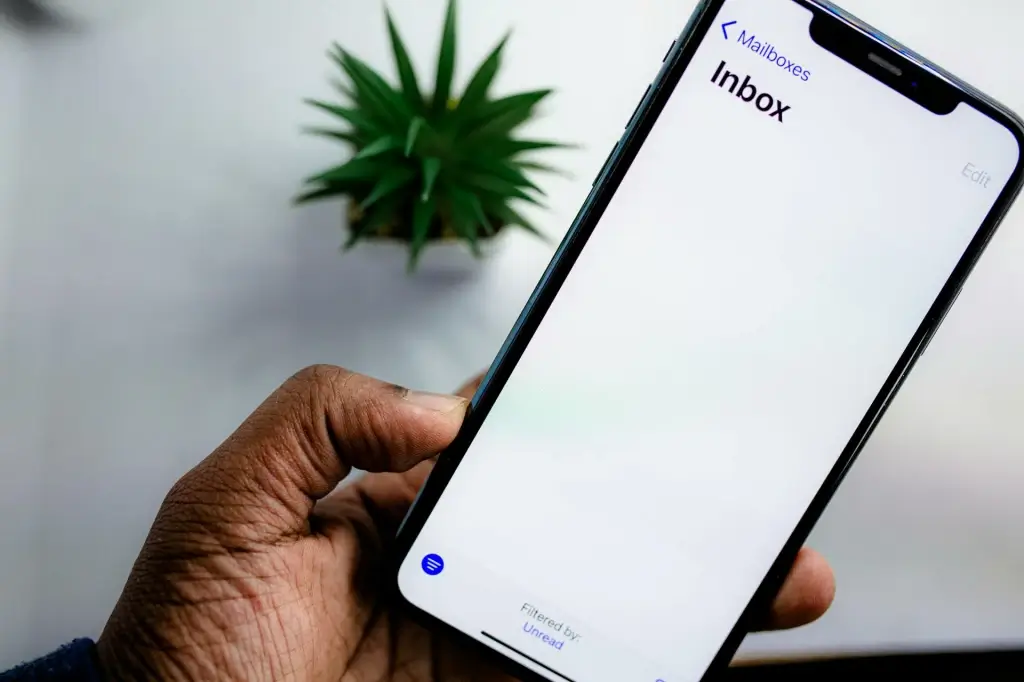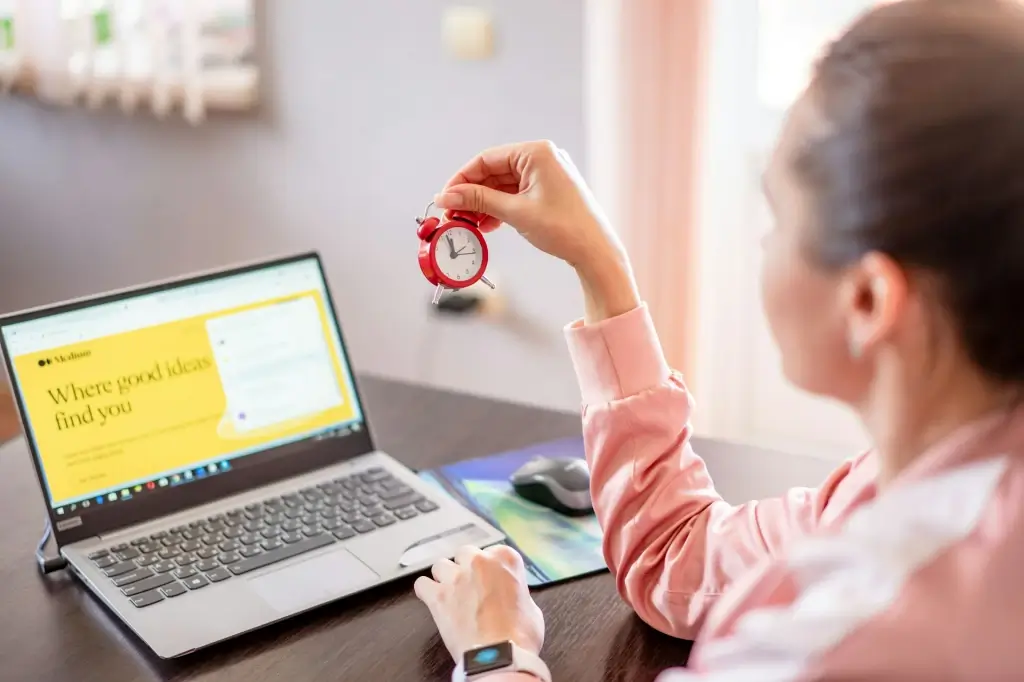Introduction In the fast-paced world of modern communication, email remains a cornerstone of professional exchanges, from pitching new clients to collaborating on projects across continents. Yet not all emails are created equal; a poorly structured or ambiguous message can lead to misunderstandings, lost opportunities, or simply being ignored. Whether you’re sending customer outreach, internal memos, or personal job inquiries, knowing how to write professional and effective emails can make or break your digital interactions.

This guide presents practical tips for crafting emails that grab attention, convey clear information, and maintain a polished tone. From structuring subject lines and employing concise formatting to adding the right sign-off, these techniques can help you become a more impactful communicator. Ready to level up your email writing skills?
- Start with a Clear, Specific Subject Line 1.1 Why Subject Lines Matter Subject lines are the first thing recipients see, influencing whether they open your message immediately or leave it unopened for days. A concise, relevant subject can yield better open rates and set the tone for the entire conversation.
1.2 Examples of Good Subject Lines • “Meeting Request: Marketing Budget Review, Aug 15” • “Follow-Up: Contract Draft and Next Steps” • “Quick Question: Availability for Product Demo”
1.3 Pitfalls to Avoid • Vague phrases like “Hi,” or “Important Info,” which do nothing to stand out. • Overly long or sensational subject lines, reminiscent of spam.
Pro Tip: If your email is urgent, note it—e.g., “Urgent: Final Approval Needed by Friday”—but use urgency sparingly to maintain credibility.
- Use a Proper Greeting 2.1 Match the Recipient’s Context For formal messages, begin with “Dear [Name],” or “Hello [Name].” For a less formal workplace relationship, “Hi [Name],” might suffice. If you’re uncertain about the recipient’s title (Dr., Prof., etc.), do a quick check to confirm correctness.
2.2 When to Use Group Salutations If emailing multiple recipients and they’re part of the same team or you lack individual addresses, “Hello Team,” or “Hello All,” is acceptable. That said, it’s often best practice to name each main recipient personally if it’s crucial they realize they have responsibilities.
2.3 Tread Carefully with Unknown Recipients In highly formal contexts or when dealing with unknowns, “To Whom It May Concern” can still apply. But if possible, do quick research to identify a specific contact. This extra step shows initiative and respect.
- Write Concise, Organized Body Content 3.1 Keep Paragraphs Short Wall-of-text emails can intimidate or bore recipients. Break up your content into multiple short paragraphs (2-4 sentences each) for clarity and easier scanning.
3.2 Use Subheadings or Bullet Points A short bulleted or numbered list for your key points helps readers skip to vital info. E.g., “1) Project deadline, 2) Budget update, 3) Next meeting date.” Summaries or subheadings can be especially effective if your email covers multiple topics.
3.3 Start with Purpose In the first line, clarify why you’re writing. “I’m reaching out regarding the upcoming software release,” or “Thank you for your inquiry about our consulting packages.” This approach ensures the recipient quickly understands the context.
- Keep Tone Polite and Professional 4.1 Choose Words Wisely Avoid slang, overly casual phrases, or emoticons in formal contexts. That doesn’t mean your email must be robotic—warmth and a friendly approach often help—but always remain respectful. Words like “please,” “thank you,” and “could you” show courtesy.
4.2 Avoid Negative or Accusatory Language If pointing out mistakes or raising concerns, emphasize solutions or next steps. E.g., “Let’s fix the timeline” rather than “You messed up.”
4.3 Match Cultural Norms In some environments, directness is valued. In others, a layered polite approach is standard. Understanding your recipient’s culture or the typical style in your industry fosters better relationships.
- Make Calls to Action Clear 5.1 Define Next Steps If you want feedback, say: “Please share your thoughts by Friday.” If you need a file, specify: “Could you send me the final PDF by tomorrow morning?” Vagueness leads to confusion.
5.2 Use Deadlines Including dates or times ensures recipients understand urgency. For instance, “I’d appreciate your reply by noon on Wednesday so we can finalize the design specs.”
5.3 Summarize in Closing After listing tasks, restate them briefly at the end: “In summary, please confirm the budget, attach the final doc, and let me know if you can attend Friday’s call.”
- Choose the Right Sign-Off 6.1 Formal Sign-Offs “Best regards,” “Sincerely,” or “Yours faithfully” appear in more official contexts. If your relationship is more formal, these remain safe choices.
6.2 Friendly Closings For colleagues or known associates, “Thanks,” “Cheers,” or “Best” might suffice. Ultimately, pick a style matching your organization’s norms.
6.3 Include Name and Title Below your sign-off, put your full name (and job title if relevant) plus optional contact details like phone or website. This ensures recipients can easily reference your role or get in touch.
- Proofread and Edit Before Hitting Send 7.1 Check Grammar and Spelling Even minor typos can undermine your credibility. Use built-in spellcheck or a grammar tool like Grammarly. Rereading aloud can catch awkward phrasing.
7.2 Validate Attachments If you promise an attachment, confirm you’ve actually attached it. Failing to do so is a classic email slip-up. For example, “cyber liability insurance forms” or “zero-knowledge encryption software doc” might be critical items.
7.3 Confirm Recipients Double-check the “To” and “CC” fields. Sending internal strategy or sensitive data to the wrong group can be disastrous. Similarly, ensure you haven’t inadvertently included external recipients.
- Use Email Tools to Speed Up Composing 8.1 Templates or Canned Responses If you frequently write similar messages (like onboarding instructions, standard disclaimers, or product proposals), store them as templates. Both Outlook and Gmail provide built-in options, or third-party apps like Boomerang or Gorgias can help.
8.2 AI-Based Assistance Services that incorporate AI can suggest better wording or shorter phrasing. Some advanced “enterprise collaboration software” solutions integrate with large language models to summarize or revise your draft.
8.3 Scheduling and Send Later If you want your email to arrive in the recipient’s morning window, scheduling ensures optimal impact. Tools like Outlook, Gmail’s built-in “Send Later,” or Boomerang let you pick a date/time in the future for message dispatch.
- Leverage Visuals and Formatting Wisely 9.1 Embedded Images or Graphs Adding a quick chart or screenshot clarifies data instantly. But keep in mind some corporate spam filters block embedded images, so ensure the text stands on its own as well.
9.2 Inline Links Over Attachments Where suitable, link to shared documents in cloud storage. This approach reduces attachment clutter and ensures recipients view the most updated file. Some “data encryption services” also offer secure link-based file sharing, enhancing security.
9.3 Keep It Clean Overdoing bold, italic, colors, or fonts can appear unprofessional. Stick to minimal highlighting for key phrases. A minimalistic approach generally conveys clarity.
- Manage Long Threads Effectively 10.1 Summarize Key Points For prolonged email chains, new participants might not read every message. Provide a brief recap of major decisions and tasks up front.
10.2 Change Subject If the Topic Shifts If the chain drastically changes direction—like from “Event Planning” to “Budget Recalculation”—start a new thread or edit the subject line. This approach ensures searchability.
10.3 Quote or Trim If replying inline, quote only the relevant snippet, not the entire chain. This step avoids email bloat.
- Balance Humor and Professionalism 11.1 Lighten Tone with Care A brief, polite joke or personable remark can humanize your email. However, ensure your relationship with the recipient is appropriate for such remarks. Some comedic attempts might get lost in translation.
11.2 Understand Cultural Sensitivities Different cultures interpret jokes differently. If emailing internationally, it’s often safer to keep a respectful, neutral stance.
11.3 Watch for Sarcasm Sarcasm doesn’t always carry well in text. It might be taken literally, leading to confusion or offense. If in doubt, stick to direct language.
- Security Best Practices 12.1 Encrypt Sensitive Data If your email handles confidential or personal info, end-to-end encryption or “zero-knowledge encryption” solutions are recommended. This step can also help with compliance or “cyber liability insurance” coverage.
12.2 Avoid Over-Sharing Never include critical credentials (like passwords, credit card info) in plain text. Direct the user to a secure portal or password manager.
12.3 Use BCC for Mass Mail When sending group announcements to multiple external recipients, place them in “BCC” to protect privacy. This approach prevents them from seeing each other’s addresses or replying to all inadvertently.
- Multi-Lingual or Multi-Location Audiences 13.1 Clear Language If writing in English to a global audience, use straightforward language, avoiding idioms. Crisp phrasing reduces misunderstandings.
13.2 Translations For truly international emails, if you attach a translated version, label it clearly with the language code. “Proposal_ENG.pdf” vs. “Proposal_FR.pdf,” for instance.
13.3 Time Zone Sensitivity When referencing schedules or deadlines, specify time zones (e.g., “5 PM EST” or “3 PM GMT+1”). Link to a world clock or a brief note about your local time difference.
- Handling Attachments Properly 14.1 Clearly Reference Attachments in the Body Mention in the text: “Please see attached ‘MarketingPlan2024.pdf’ for full details.” This method ensures recipients don’t miss the file.
14.2 Compress or LinkLarge attachments might bounce back or flood the recipient’s inbox. Tools like WeTransfer, Dropbox, or Google Drive links reduce email size. If the doc contains sensitive info, consider password-protecting or “data encryption services.”
14.3 Avoid Multi-Sends Combining all relevant attachments into one email is often better than sending them individually, which can confuse recipients or cause mailbox spam.
- Proofread from the Recipient’s View 15.1 Assume Minimal Context Your recipient might not recall your last phone chat or meeting details. Provide enough context within the email or reference previous messages. If you’re continuing a conversation, mention the key points from the prior exchange.
15.2 Check Subject and Tone After finalizing content, reread the subject line to confirm it still matches your message’s contents. Ensure the tone remains consistent, friendly, and respectful.
15.3 Test Links If you inserted any URLs, open them in a new tab to confirm they function properly and lead to the correct page.
- Follow Up Without Nagging 16.1 Polite Nudges If someone hasn’t responded after a few days, a short follow-up is usually acceptable. Try referencing your earlier message: “Just checking if you’ve seen my note from Monday regarding the budget.”
16.2 Scheduling Reminders Tools like Boomerang or Outlook tasks can remind you to follow up if no reply arrives by a certain date. This approach ensures important threads don’t get lost.
16.3 Avoid Excessive Pressure Multiple urgent follow-ups in short succession can irritate recipients. Balance your need for a response with courtesy and understanding that they might be busy.
- Real-World Example of a Great Email Structure
Subject: “Project Alpha Update: Key Milestones & Next Steps”
Hello [Recipient Name],
I hope you’ve been well. I’m writing to provide an update on Project Alpha and outline our next set of actions.
- Status Recap
- Development: 80% complete
- Testing: Preliminary phase done; some minor bugs remain
- Marketing Assets: Final draft is ready for review
- Key Dates
- Code Freeze: August 25
- Beta Release: September 5
- Launch Webinar: September 12
- Action Items
- Please confirm your availability for the Beta Release review meeting.
- Review the attached “Alpha_MarketingDraft.pdf” by Friday.
Let me know if you have any questions or need further details. Thank you for your continued support on this project!
Best regards, [Your Name] [Job Title] [Company or Contact Info]
Short Explanation:
- Clear subject: Tells recipients the email is about “Project Alpha Update.”
- Intro references the reason for emailing.
- Bulleted lists for easy scanning.
- Clear calls to action with deadlines.
- Polite, succinct sign-off.
- Conclusion Mastering the art of writing professional and effective emails isn’t just about polished language—it’s about clarity, respect for the recipient’s time, and thoughtful structure. By focusing on a concise subject line, polite greeting, organized body, and definitive call to action, you ensure your messages stand out in crowded inboxes. Layering on security best practices (like encryption or “cyber liability insurance” for business contexts) and mindful usage of visuals or attachments further cements your credibility. Ultimately, an email that’s easy to read, purposeful, and well-formatted fosters better collaboration, faster responses, and stronger relationships. Whether you’re reaching out to potential clients, communicating with teammates, or applying for a new role, adopting these tips can transform your digital correspondence into a positive, productive experience. Remember: each message you send reflects not just your immediate request, but your overall professionalism and brand.




